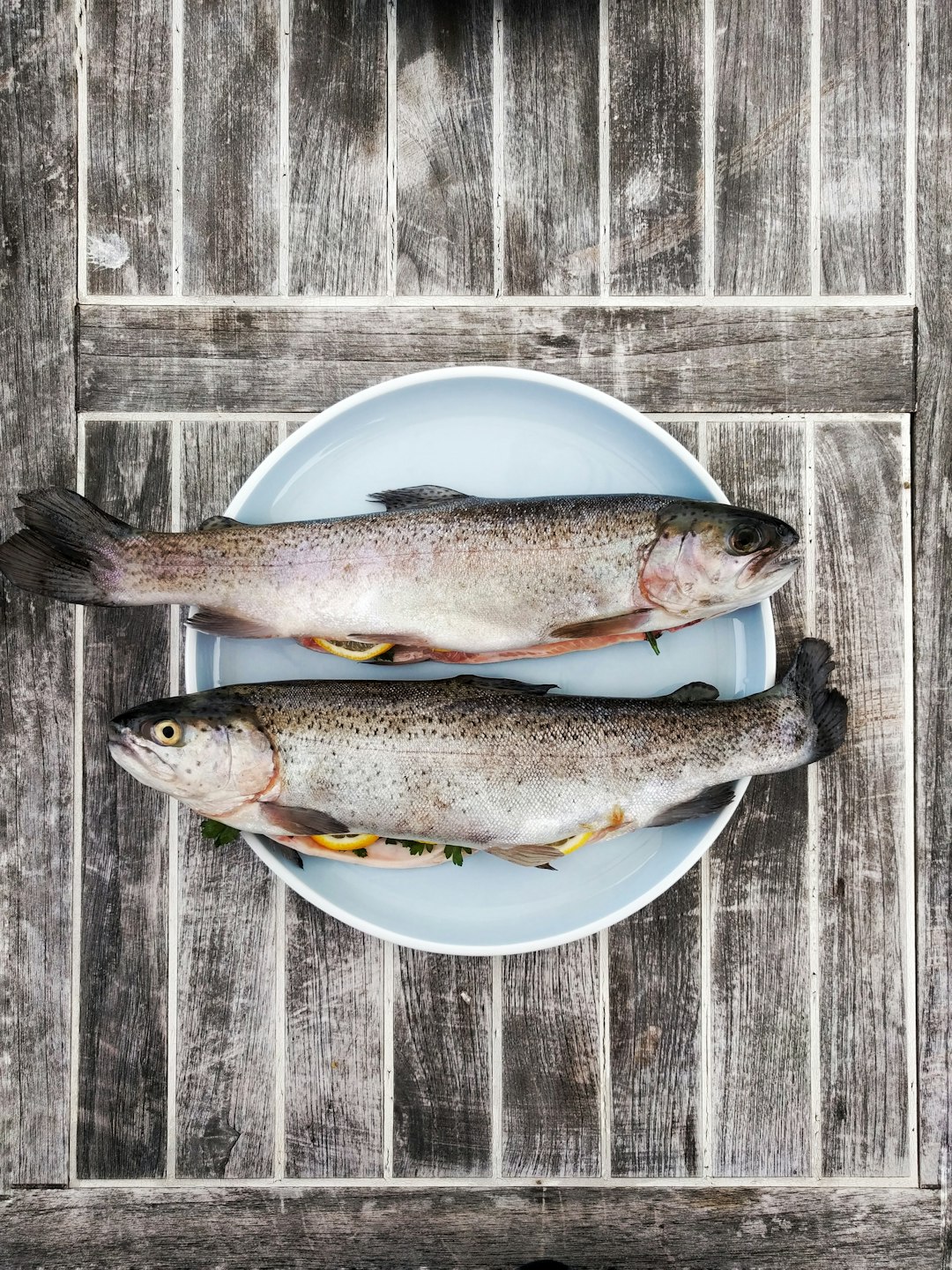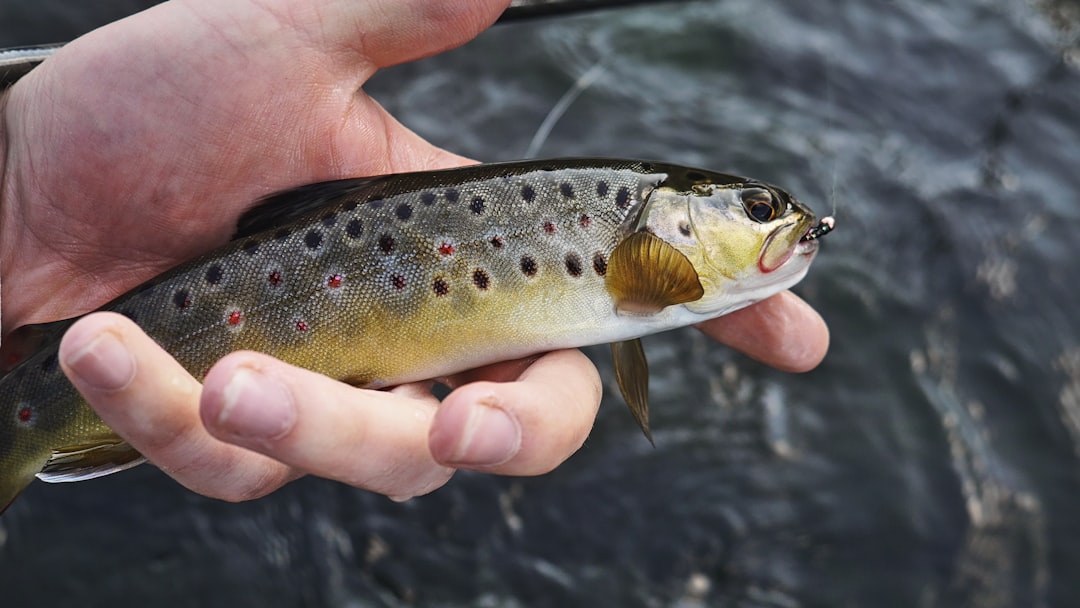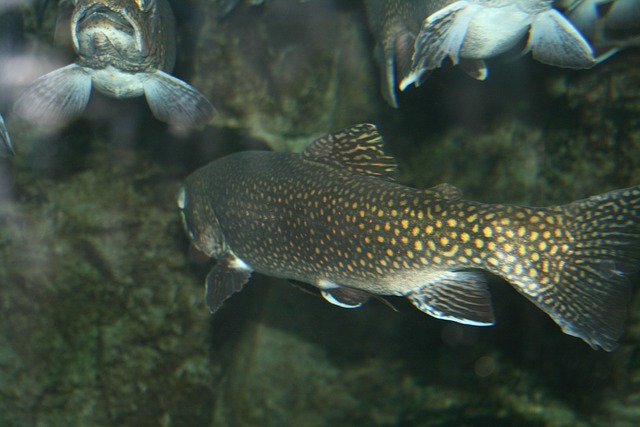Uncover the secrets behind the ideal habitats for river trout with this comprehensive guide. From understanding complex river ecosystems to pinpointing key environmental factors, we delve into what makes a thriving trout habitat. Whether you’re an avid river trout fisher or simply curious about these remarkable creatures, this article offers valuable insights. Learn how water temperature, current, and underwater terrain create the perfect conditions for trout population growth, enabling you to explore these fishy hotspots more effectively.
- Understanding River Trout Ecosystems
- Identifying Ideal Habitat Conditions for Trout Population Growth
Understanding River Trout Ecosystems

River trout fishing is a beloved activity for many nature enthusiasts, but understanding the ecosystems these fish inhabit is crucial for both anglers and conservationists alike. River trout thrive in cool, well-oxygenated waters with sandy or gravelly bottoms—a habitat often referred to as riffles. These areas provide ample shelter from predators and allow young trout to develop undisturbed. The presence of submerged structures like rocks, logs, and plants further enhances these habitats by creating complex environments where trout can hide, feed, and breed.
Knowing the characteristics of river trout ecosystems is essential for effective fishing strategies and conservation efforts. Anglers benefit from understanding water current patterns and how they influence fish behavior, helping them locate prime fishing spots. Conservationists, on the other hand, must address threats like pollution, habitat destruction, and invasive species to preserve these delicate ecosystems. By recognizing the needs of river trout habitats, we can ensure their survival and continue to enjoy this rewarding outdoor pursuit for generations to come.
Identifying Ideal Habitat Conditions for Trout Population Growth

Trout, particularly river trout, thrive in cool, well-oxygenated waters with a specific set of habitat conditions. To support robust populations, rivers should maintain water temperatures between 50–68°F (10–20°C), ensuring optimal metabolic rates and growth for these cold-water species. Additionally, riffles and pools within the riverbed create diverse habitats, providing shelter from predators and offering ideal locations for feeding and breeding. A healthy riverine ecosystem includes abundant aquatic insects and small fish, which serve as primary food sources for trout. Proper river flow, free from excessive pollution or sedimentation, is also crucial for maintaining these delicate conditions.
River managers and anglers alike should focus on preserving and restoring these habitat features to support not only trout populations but also the overall biodiversity of the river system. Protecting riparian zones, implementing sustainable fishing practices, and managing water quality are essential strategies to ensure a thriving ecosystem for these fascinating fish, enhancing the experience for river trout fishing enthusiasts.



